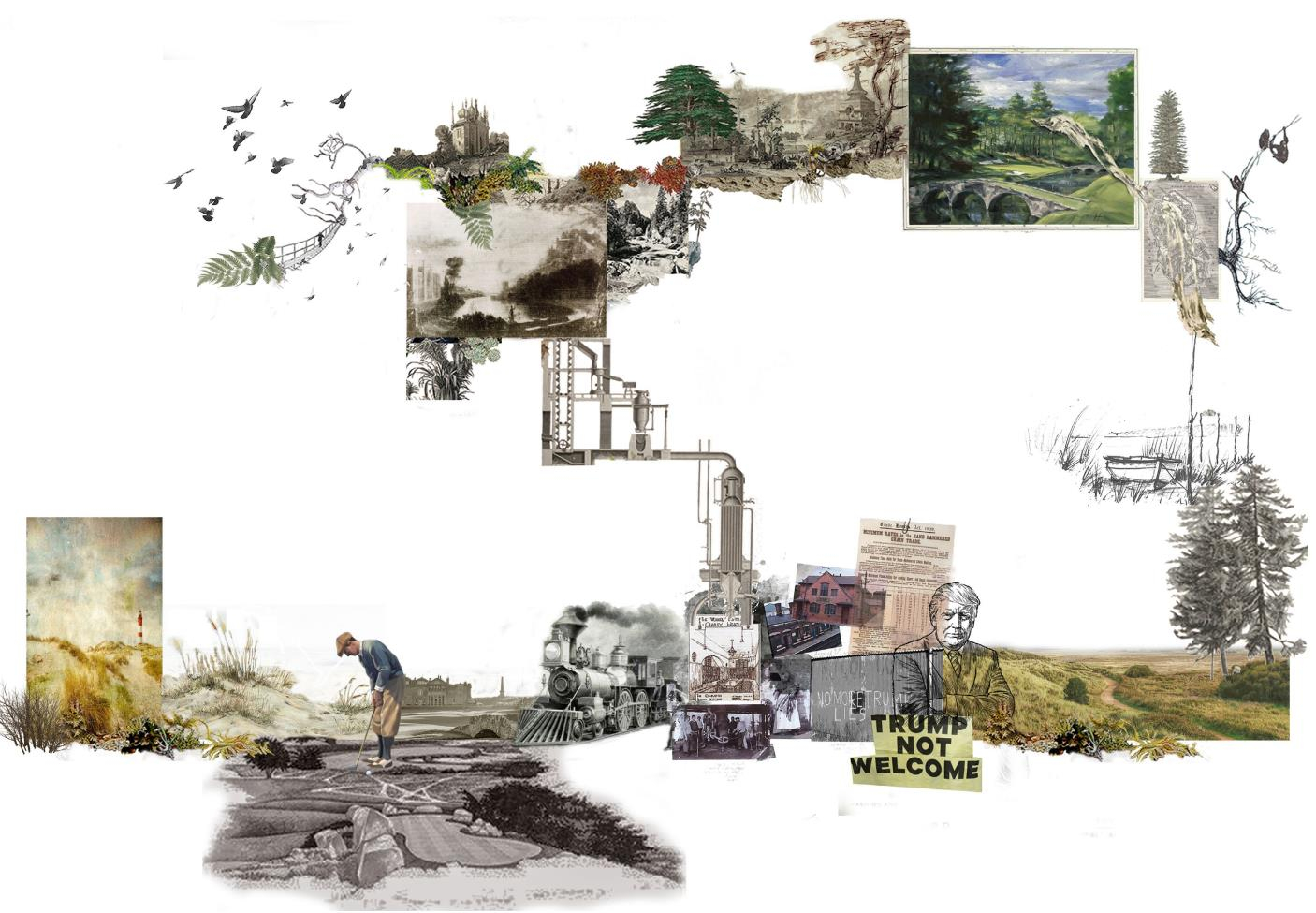Golf has been a popular sport around the world for over 300 years, and along with it has come the development of the courses on which the sport is played. The first golf course in the world was built in St Andrews in 1764. Later, with the invention of the lawnmower during the industrial revolution, it became possible to quickly build and maintain this artificial landscape, which is dominated by large areas of grass. Since then the sport has rapidly become popular throughout the world and today there are over 25,000 golf courses worldwide.
At first, there was a positive attitude towards this artificial landscape or recreation, but with the rise of environmentalism in the 1960s, some people began to argue this large artificial nature - it was destroying biodiversity. Now that the climate change crisis is becoming more acute, there is widespread recognition of the environmental and social problems associated with the increase in the number of golf courses and associated land development: loss of habitat and wildlife; water depletion; soil and water pollution; degradation of coastal dune systems; and damage to environmental equity - the use of vast areas of land by a small number of people. Set against the background of climate change, this project uses resilience as a fundamental strategy in its methodology, with the aim of creating a restorative environment that welcomes both people and wildlife. Through multi-scale, multi-spanning research of the Shiskine coastal golf course on the Isle of Arran in Scotland, an attempt has been made to find an example of the transformation of the golf course of the future. I wanted to preserve this ancient sport while creating a landscape that could respond to future climate challenges without exclusivity
























